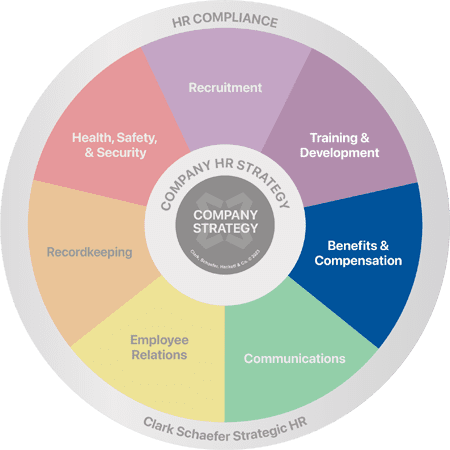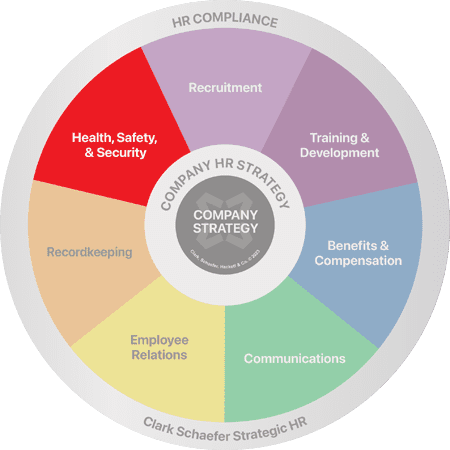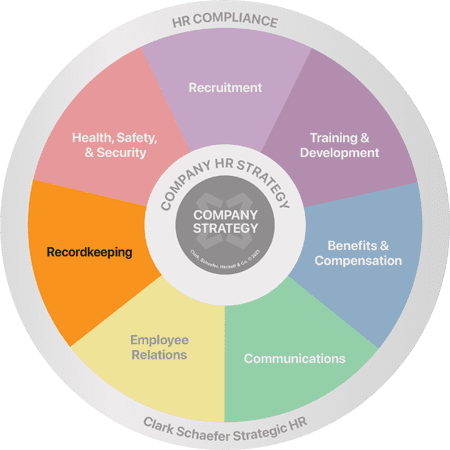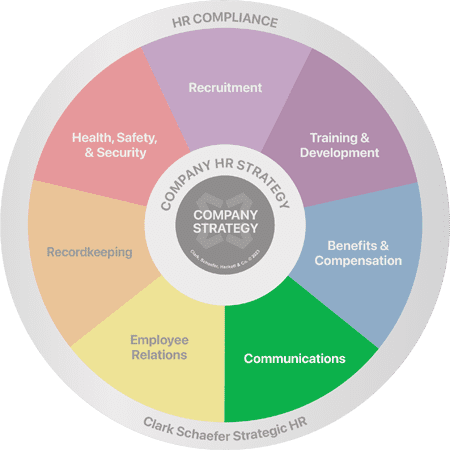Posts
Do I Need HR?
Last Updatedin HR Strategy Question of the Week
How Can I Support Employee Well-Being Beyond the EAP?
Last Updatedin Employee Relations, Health, Safety & Security Question of the Week
What Employers Need To Know About Michigan’s Earned Sick Time Act (ESTA)
Last Updatedin Benefits & Compensation, HR Compliance Question of the Week
How Can I Use Salary Benchmarking As a Recruitment Strategy?
Last Updatedin Benefits & Compensation, Recruitment, Videos Question of the Week, Video
How to Manage Creditable Coverage Reporting and Notices
Last Updatedin HR Compliance Question of the Week
Do I Have to Give Performance Bonuses to Employees on FMLA Leave?
Last Updatedin Benefits & Compensation Question of the Week
What are the Best HR Practices for the End of the Year?
Last Updatedin HR Compliance, HR Strategy, Recordkeeping Question of the Week
What to do if the IRS notifies you of Affordable Care Act (ACA) penalty fees
Last Updatedin Recordkeeping Question of the Week
What Are The Top 5 Commonly Missed Records In Employee Personnel Files?
Last Updatedin HR Compliance Question of the Week
Can I backdate FMLA paperwork?
Last Updatedin Benefits & Compensation, HR Compliance, Recordkeeping Question of the Week
Can We Cut a Live Check to Entice an Employee to Return Company Property?
Last Updatedin Benefits & Compensation, HR Compliance Question of the Week
Can My Employee Take a Vacation While on FMLA Leave?
Last Updatedin Benefits & Compensation, Employee Relations Question of the Week
How Can We Address Pay Compression?
Last Updatedin Benefits & Compensation Question of the Week
What Laws Apply When Businesses Reach 50 Employees?
Last Updatedin HR Compliance Question of the Week
Are You Ready For These Top HR Trends in 2024?
Last Updatedin HR Strategy Question of the Week
What Is the Difference Between FSAs and HSAs
Last Updatedin Benefits & Compensation Question of the Week
What Are Total Compensation Statements?
Last Updatedin Benefits & Compensation Question of the Week
HR’s Role During An Economic Crisis
Last Updatedin HR Strategy Question of the Week
What is Equal Pay Day?
Last Updatedin Benefits & Compensation Question of the Week
Could Sabbaticals Be Your Next Retention Tool?
Last Updatedin Benefits & Compensation, Employee Relations Question of the Week
Who’s Using Your EAP
Last Updatedin Health, Safety & Security Question of the Week
What Are the Benefits of Total Compensation Statements?
Last Updatedin Benefits & Compensation Question of the Week
Work-Life Balance Has Become Work-Life Integration
Last Updatedin Employee Relations Question of the Week
Are Employee Gift Cards Considered Taxable Benefits?
Last Updatedin Benefits & Compensation, HR Compliance Question of the Week
How To Determine If A Home Office Injury Is Covered By Workers’ Compensation
Last Updatedin Health, Safety & Security Question of the Week
What is HR’s Role in the Mergers & Acquisitions Process?
Last Updatedin HR Strategy Question of the Week
Mental Health Concerns in the Workplace
Last Updatedin Benefits & Compensation, Health, Safety & Security, HR Strategy Question of the Week
Do Our Remote, Out-of-State Employees Qualify for FMLA?
Last Updatedin HR Compliance Question of the Week
Bonus Grants: A Creative Way to Retain and Reward Key Employees
Last Updatedin Benefits & Compensation Question of the Week
Does My Company Need an AED?
Last Updatedin Health, Safety & Security Question of the Week
What Should I Consider Before Doing a Reduction in Force?
Last Updatedin Communications, Employee Relations, HR Compliance Question of the Week
What Should Ohio Employers Know About Marijuana in the Workplace?
Last Updatedin Health, Safety & Security Question of the Week
When to Offer a Part-Time Employee Company Benefits
Last Updatedin Benefits & Compensation Question of the Week
Total Rewards Statements
Last Updatedin Communications Question of the Week
Contact Us
Clark Schaefer Strategic HR
10856 Reed Hartman Hwy
Suite 225
Cincinnati, OH 45242

Clark Schaefer Strategic HR is recognized by SHRM to offer Professional Development Credits (PDCs) for SHRM-CP® or SHRM-SCP® recertification activities.
The information provided on this website does not, and is not intended to, constitute legal advice; instead, all information, content, and materials available on this site are for general informational purposes only. Readers of this website should contact their attorney to obtain advice about their particular situation and relevant jurisdiction. This website contains links to other third-party websites. These links are only for the convenience of the reader, user or browser; Strategic HR does not recommend or endorse the contents of the third-party sites.






